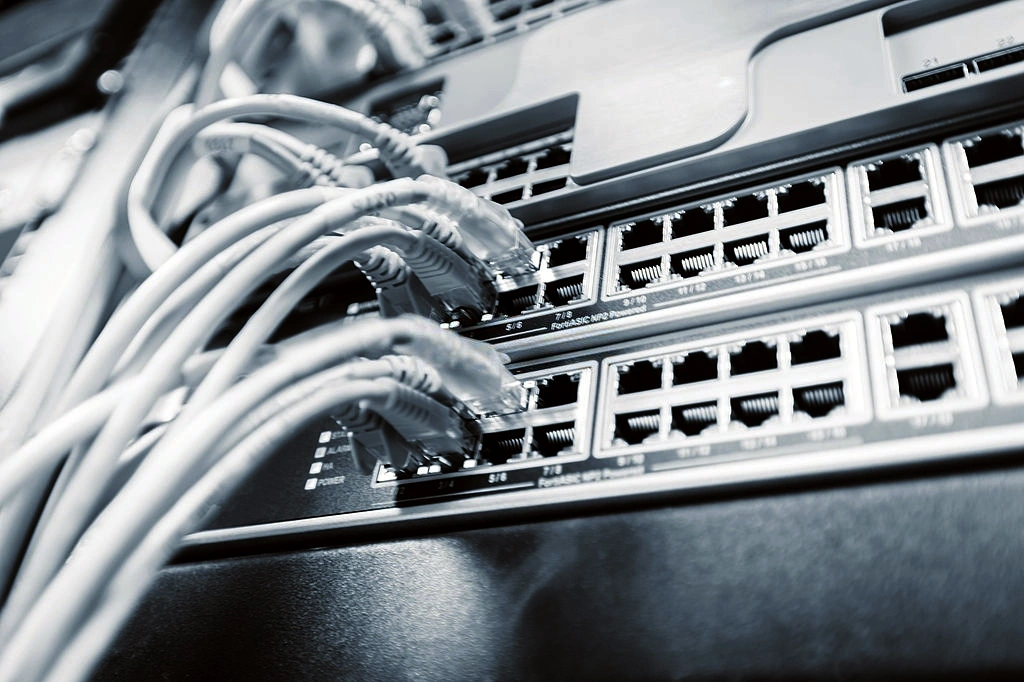

IT Cost Trend.
The cost of technological solutions has increasingly tended to explode budgets despite the constant decline in equipment manufacturing costs.
Fortunately, this extra cost is artificial and is generated in part by poor organization of the service provider, resulting in wide disparities in prices from one supplier to another.
Complex thinking.
This cost is on the one hand due to the hyper-specialization and the multiplication of the supplier's resources, and on the other hand the time necessary to try to put together like a jigsaw puzzle their creation during interminable meetings.
However, IT projects should never be piecemeal because interconnected projects are becoming more and more essential for the customer.


Unsuccessful partnership.
Many IT business owners have no technical experience. This results in choices that are guided even by their supplier whose interest is limited to sales. The supplier becomes de facto judge and party.
The strategy imposed by the manufacturer includes cash rebates, various licenses, a number of sales to be made and resources to be certified. Hyper-specialization and rapid technological change require certification of supplier resources.
Certification race.
The need for resource certification does not take into account the inter-connectivity of third party equipment manufacturers.
The job of System Administrator is often forgotten at some suppliers.
However, the system administrator is precisely trained to ensure that the final solution is interconnected.


Fast food IT.
The solutions of some suppliers are therefore standard from one installation to another and never meet the customer's real needs.
The equipment integrated into some vendors' solutions is limited to one model per category, due to the manufacturer's preferential rates.
Invoice inflation.
For example, some vendors install two switches with 24 ports (costing $1000 each after the manufacturer's discount), which are more expensive than one switch with 48 ports.
This is due to the supplier's purchase volume. Of course 2 switches will be installed and in addition the cost of a larger cabinet, more space required to be provided by the customer, more renewable licenses, more expensive maintenance, more cables, more powerful battery backup, longer installation time...all at the end customer's expense.


Underutilization.
These unscrupulous suppliers cover themselves with ten-year contracts against the interests of the customer, who takes second place.
Another example is that many customers are pressured by their supplier to install multiple network switches.
These are all half-empty because of a lack of collaboration between the different services of the single provider (telephony, network, Wi-Fi, camera, etc.). Little complication to mutualize when one has the savoir-faire to isolate the networks.
Upsizing.
Yet another example with customers who are pushed by their provider to install Wi-Fi access points for Olympic stadiums, $1,158 each, while their office accommodates half a dozen people.
